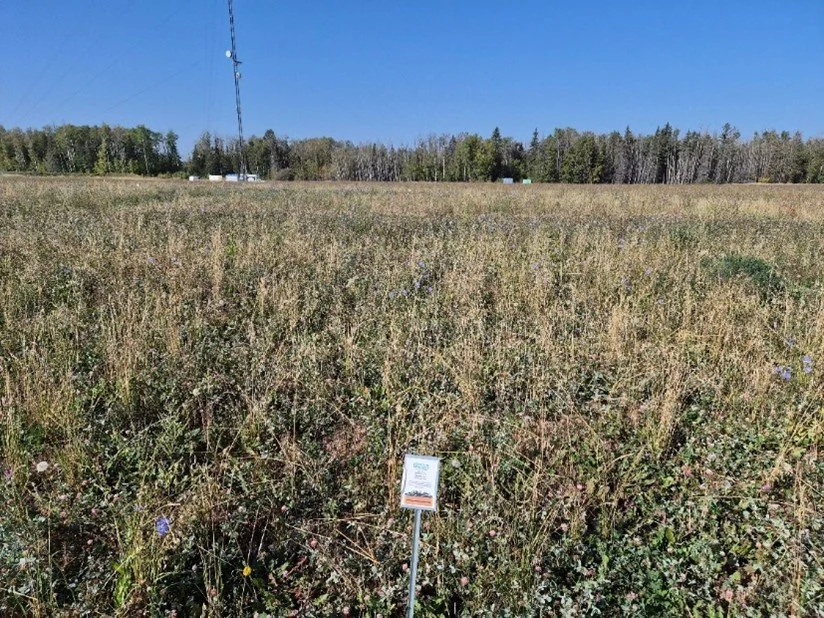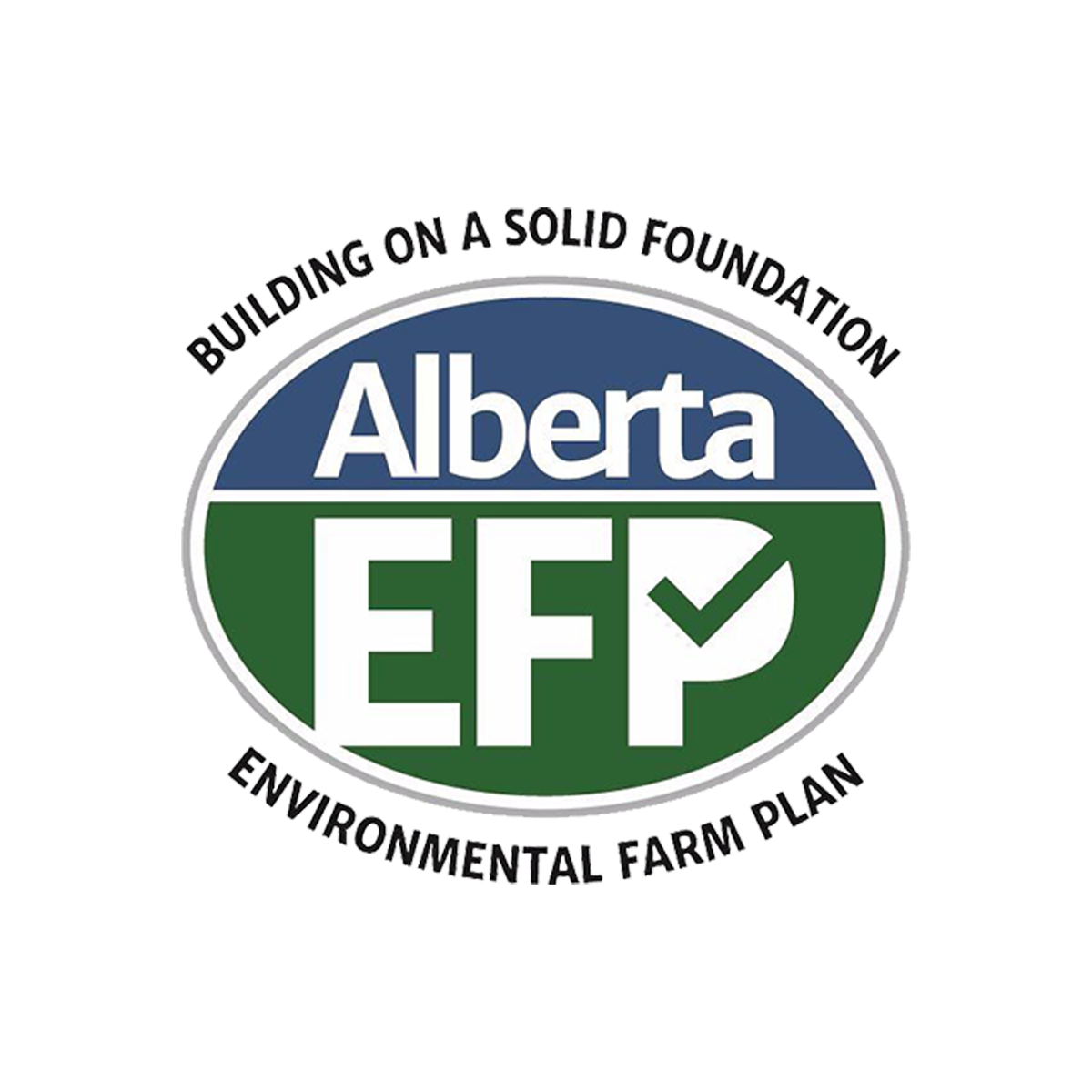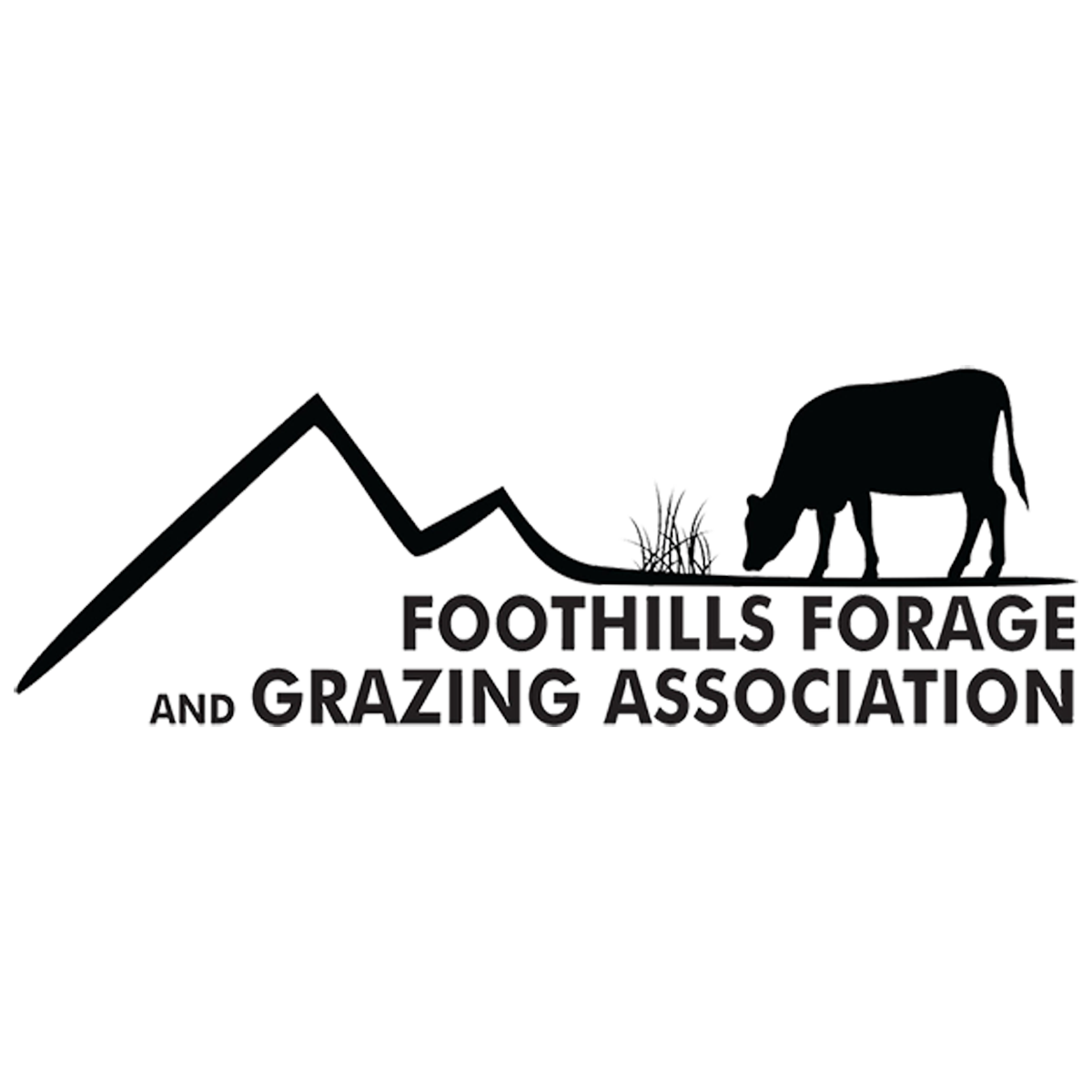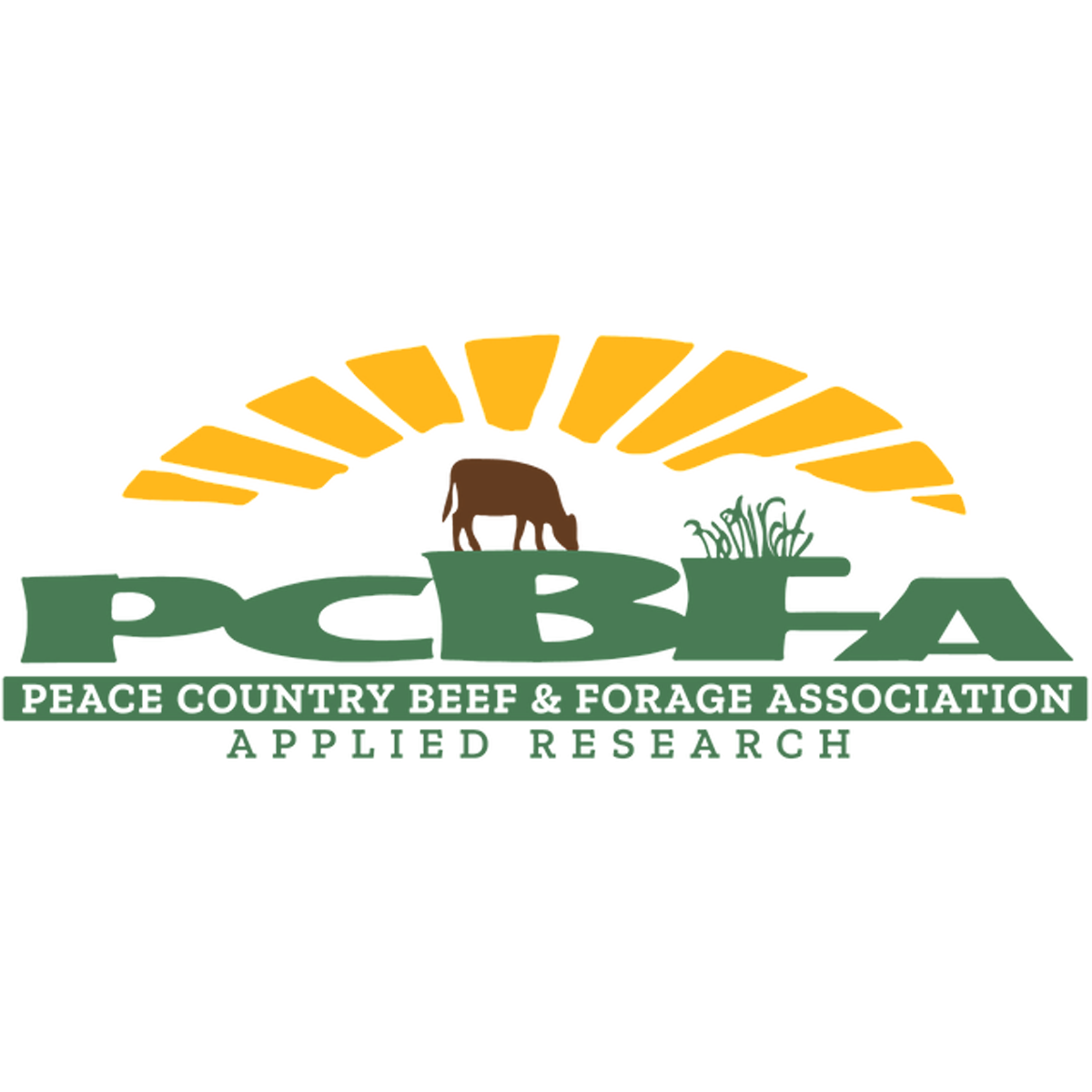Research & Projects
On-Farm Innovation, Shared Knowledge
At Farming Forward, we support research and projects that are led by producers, grounded in real farm or ranch contexts, and focused on building regenerative, resilient systems.
Crops & Cover Crops
Diverse rotations, intercropping, seeding tools.
Forage & Grazing
Frost seeding, pasture mixes, adaptive grazing.
Livestock & Systems
Bale grazing, improved genetics, fencing strategies.
Soil Health & Inputs
Compost extracts, biology monitoring, low-input fertility.
Tech & Innovation
Sensors, grazing apps, practical tools in early stages.
So Much More
Bring us your question, and we might be able to help.
It Starts with a Farmer’s Question
We co-design simple, real-world trials that explore the questions producers are already asking. Whether it’s in the field, with livestock, or testing new tools, we help with:
Applying for funding
Setting up the trial
Collecting and interpreting data
Sharing results, openly and accessibly
Your curiosity drives the work. We’re here to help you move forward.
Our latest Research & Projects
Our Supporters









































